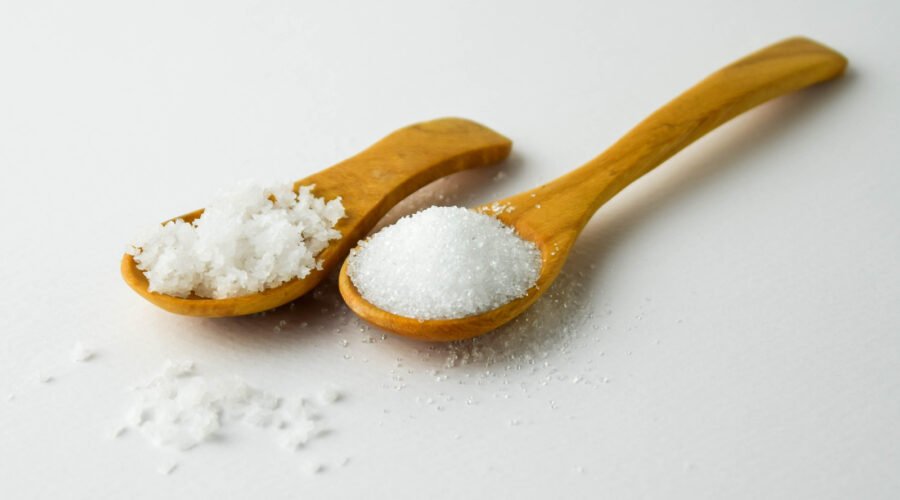Invisible Danger: Microplastics in Indian Salt and Sugar Brands
Microplastics are diminutive plastic fragments that measure less than 5 millimeters in diameter. They originate from the degradation of larger plastic debris as well as from the direct release of small plastic particles through products like exfoliants and washing clothing made from synthetic fibers. These minute plastic particles have found their way into a myriad of environments, including oceans, freshwater systems, and even the soil, and unfortunately, they are now becoming a prominent contaminant in food products, including staple items like salt and sugar.
The production of microplastics begins with either a physical breakdown of larger plastic items or industrial processes. The former occurs when large plastic waste, exposed to environmental stresses such as UV radiation, wave action, and mechanical abrasion, deteriorates into smaller fragments over time. Moreover, microplastics are also directly produced and intentionally added to various consumer products, such as in the case of microbeads found in personal care products.
